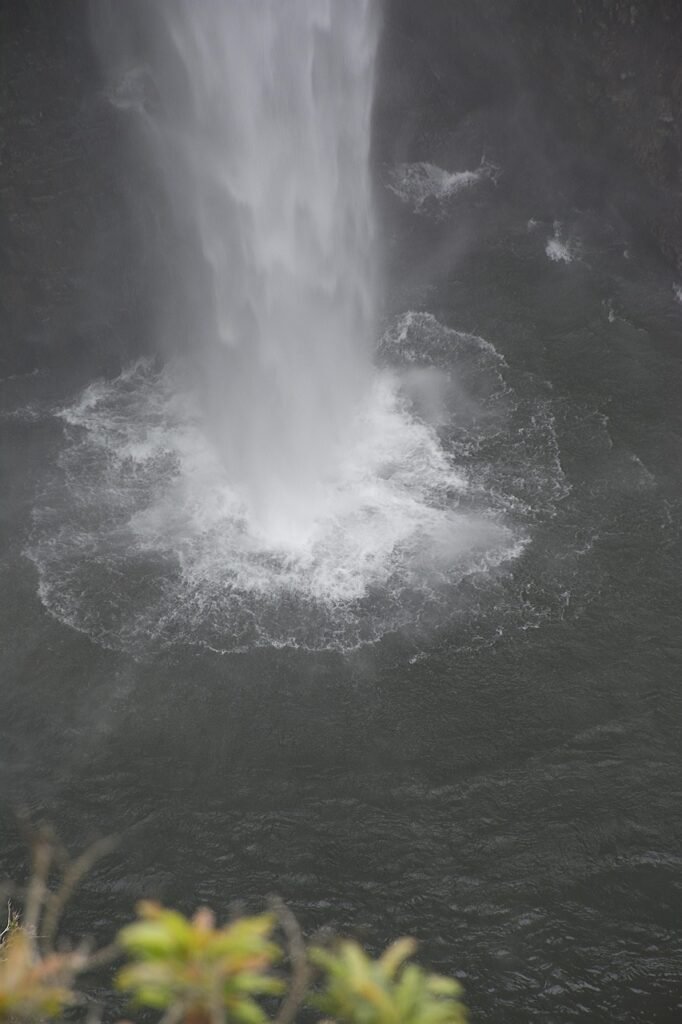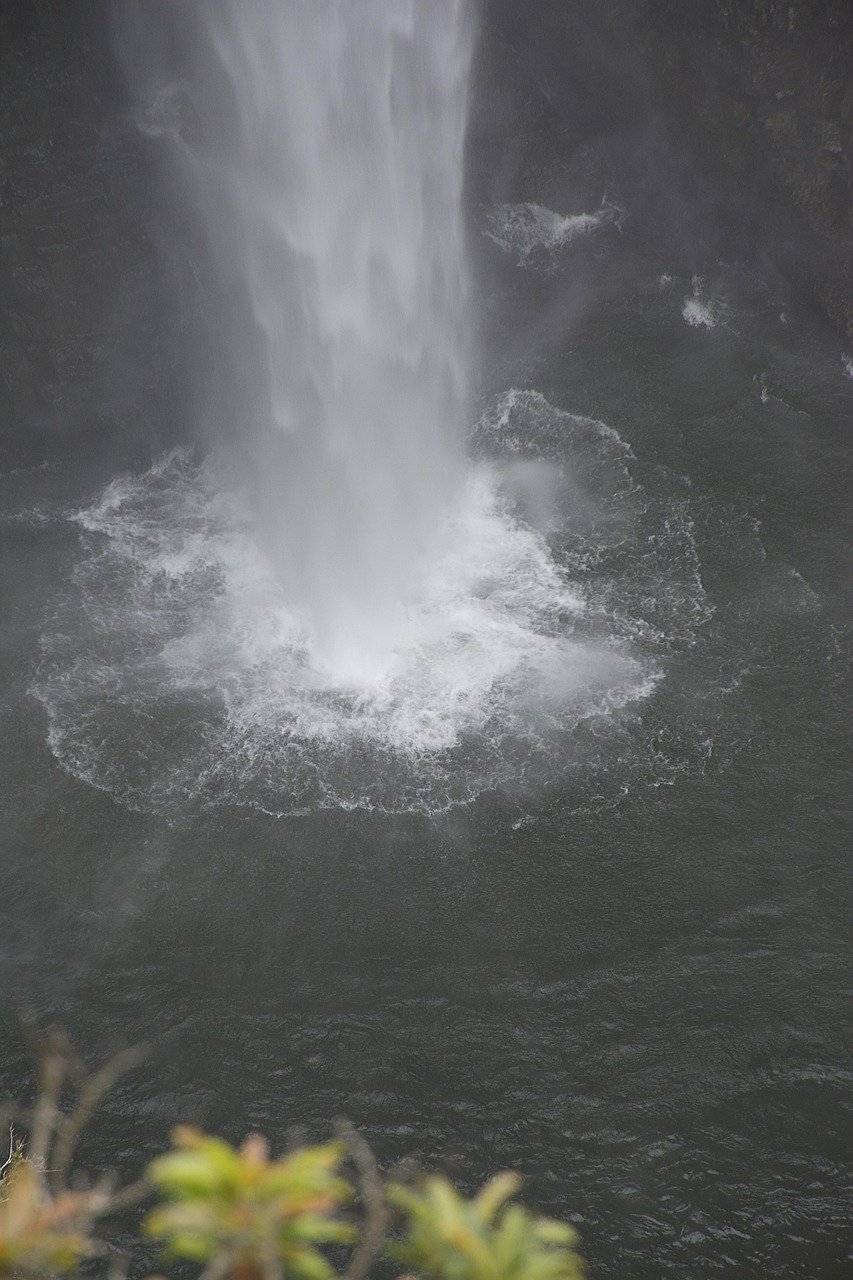Have you ever wondered about the benefits and risks of cold plunging for kids and teens? With the resurgence of cold water therapy in wellness circles, it’s natural to ask whether your child or teenager should take the plunge. Let’s discuss this cooling trend, keeping safety at the forefront.

What is Cold Plunging?
Cold plunging involves immersing one’s body in cold water, typically below 60°F (15°C), often in a pool, lake, or tub. Many practitioners rave about its benefits, claiming it can boost circulation, reduce muscle soreness, and even enhance mood. But before your child jumps in, let’s break down what you need to know.
Origins of Cold Water Therapy
Cold therapy isn’t a modern fad. This practice dates back centuries and has been utilized in various cultures for its supposed health benefits. Think about the Vikings, who braved chilly waters after long voyages to rejuvenate. Today, athletes often use ice baths post-exercise to speed up recovery.
Cold Plunge Safety Considerations for Kids and Teens
The Science of Cold Exposure
The human body can react differently to sudden cold exposure, especially for kids and teens whose bodies are still developing. That sudden shock can lead to rapid breathing, increased heart rate, or even hyperventilation. Understanding these reactions is crucial before allowing your young ones to sit in icy water.
Age-Appropriate Guidelines
How old should your child be to consider cold plunging? Experts suggest that while children as young as 5 might experiment with short exposures, teens generally possess better body awareness to understand and manage discomfort. Here’s a handy table to summarize age recommendations:
| Age Group | Cold Plunge Duration | Notes |
|---|---|---|
| 5-10 years | 30 seconds to 1 minute | Supervised, shallow water only. |
| 11-13 years | 1-3 minutes | Use caution, clear understanding of personal limits. |
| 14+ years | 3-5 minutes or longer | Monitor how they feel; listen to their body. |
Medical Considerations and Risks
Health Assessments
Before plunging into cold water, it’s wise to consult with a pediatrician, particularly if your child has any underlying health conditions such as asthma or cardiovascular issues. Cold exposure can trigger particular responses that may not be safe for every child.
Potential Risks
-
Shock Response:
- The body can react with a fight-or-flight response, potentially leading to panic attacks or disorientation.
-
Hypothermia:
- Prolonged exposure can cause body temperature to drop dangerously low, leading to hypothermia, a serious condition requiring immediate care.
-
Injury Risks:
- Slips or falls on the cold surface can occur, particularly if the water is colder than expected.
Signs of Distress to Monitor
While it’s essential to embrace the potential benefits of cold plunging, always be on the lookout for signs that your child may be struggling, including:
- Excessive shivering
- Confusion or disorientation
- Blue lips or fingertips
- Inability to speak clearly
If you notice any of these signs, it’s time to get your child out of the cold water and warm them up immediately.
Benefits of Cold Plunging for Kids and Teens
Mood Enhancement
Research shows that cold water exposure can stimulate the production of endorphins, those feel-good hormones that can uplift mood. This can be particularly beneficial for teenagers navigating the rollercoaster of adolescence.
Improved Recovery Times
For active children and those involved in sports, cold plunging can decrease muscle soreness after strenuous physical activity. It’s like natural magic for those tired limbs after a long day of soccer practice.
Increased Focus
Just like a brisk morning jog can wake you up, a cold plunge can help sharpen focus. The cold shocks your system, increasing alertness and cognitive performance, which could be especially helpful for school-aged kids during exams.
Strengthened Immune System
Cold exposure is thought to stimulate the immune system, potentially reducing the frequency of colds or other minor illnesses. However, this does vary from person to person, and caution should always be exercised.
How to Introduce Cold Plunging Safely
Start Gradually
If you decide that cold plunging is appropriate for your child or teen, begin with short exposure times in controlled situations. You might start with a cold shower, or simply have them run into a cold pool and quickly back out. Gradual exposure helps the body acclimatize to the temperature.
Set Clear Rules
Establish guidelines prior to any plunge. They should stay close, not go alone, and always communicate their feelings. Creating a safety plan can reduce risks dramatically and promote responsible behavior.
Monitor and Supervise
Keeping a close eye is vital. Always supervise your child during cold plunges, especially if they’re inexperienced. Your presence can provide support, guidance, and a safety net if anxiety or distress arises.
Alternatives to Cold Plunging
Cold Showers
If a cold plunge seems too intimidating, cold showers offer a safer, more controlled environment for your child to experience cold exposure without the associated risks of immersion.
Ice Packs or Cold Compresses
For localized cold treatment, applying ice packs or cold compresses can be beneficial for sore muscles after sports activities. This targeted approach minimizes risks while delivering therapeutic benefits.
Cold Water Swimming with Caution
Taking a stroll to a lake or ocean can be fun for family outings. You can involve the kids in deciding how to rapidly get in and out of the water rather than staying submerged.

Precautions to Take
Know Your Environment
Where are you planning to plunge? Look for areas that help ensure safety, such as quiet locations with no sharp objects or places that aren’t too crowded.
Check the Weather Conditions
Never plunge into cold water if the air temperature is significantly cooler than the water temperature. Sudden temperature shifts can be dangerous. Consider both conditions before proceeding.
Hydrate and Warm Up After
Before any plunge, make sure your child is well-hydrated and warmed up. Post-plunge, wrap them in towels and ensure they warm up gradually. Hot drinks can help raise body temperature safely.
Common Myths and Misconceptions
“It’s Safe for Everyone”
Many people assume that because cold plunging has benefits, it’s universally safe. This is untrue! Be cautious and aware of any health conditions that may pose risks.
“Cold Plunging is Just for Athletes”
While athletes often promote cold plunging, it doesn’t mean only they can benefit. Kids and teens interested in general wellness or looking to enhance focus can see positive results.
Conclusion
Deciding whether your child or teen should cold plunge involves considering multiple factors. Safety should always come first. Pay attention to age-appropriate guidelines, closely monitor their response, and consult medical professionals where necessary. If done responsibly, cold plunging can become a fun and refreshing activity while promoting physical and mental well-being. Wouldn’t it be nice to have invigorating, icy experiences as part of your family’s wellness journey? Just make sure that whenever you venture into the cold, it’s all about health, happiness, and a good dose of common sense.


